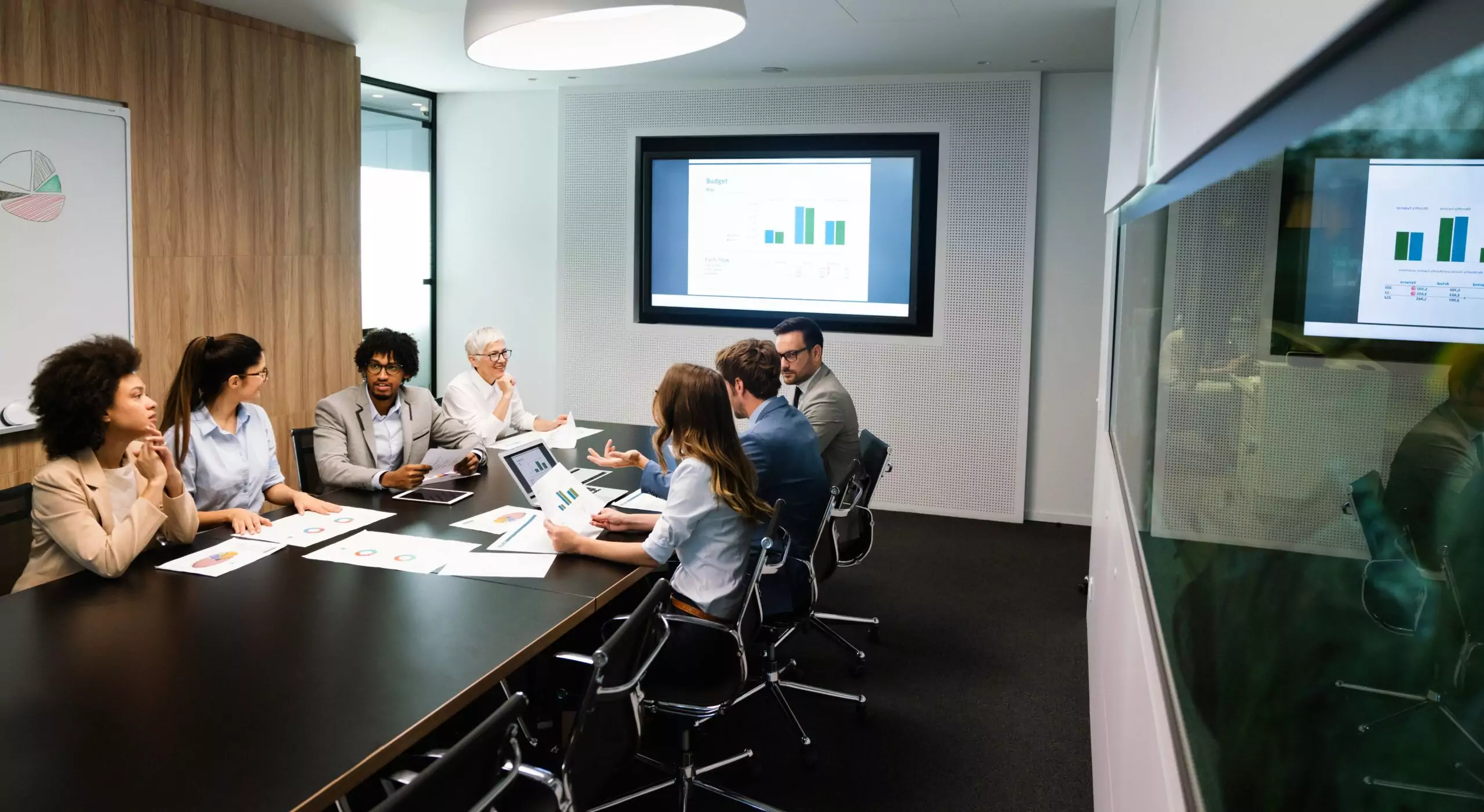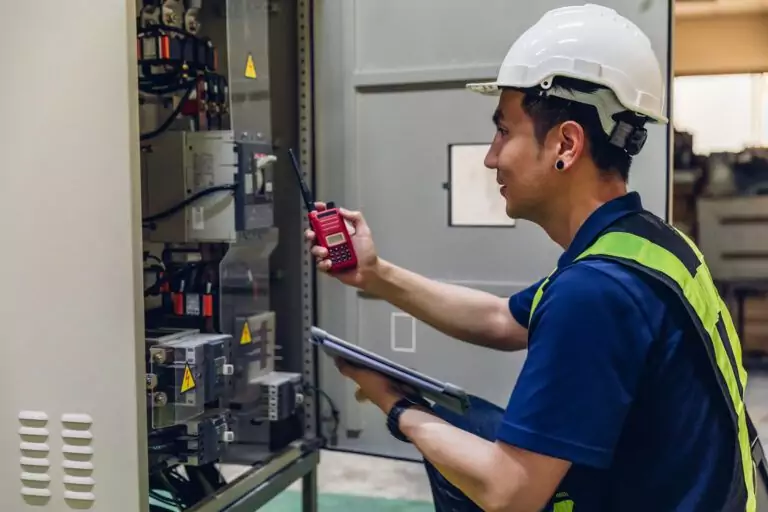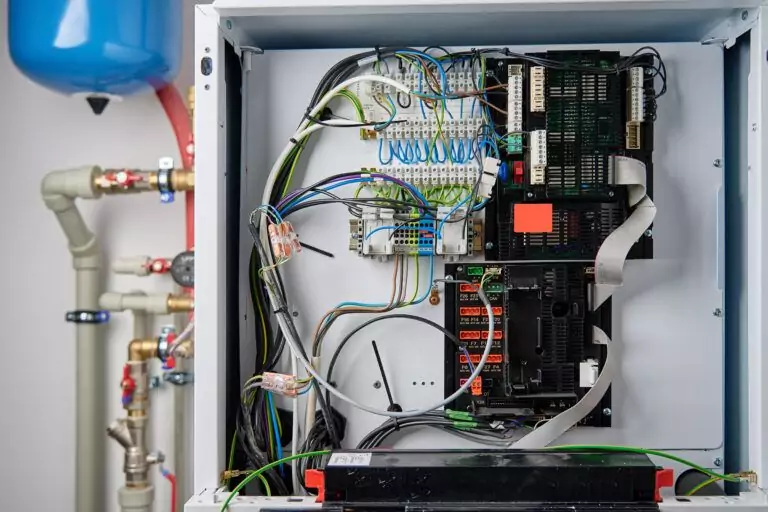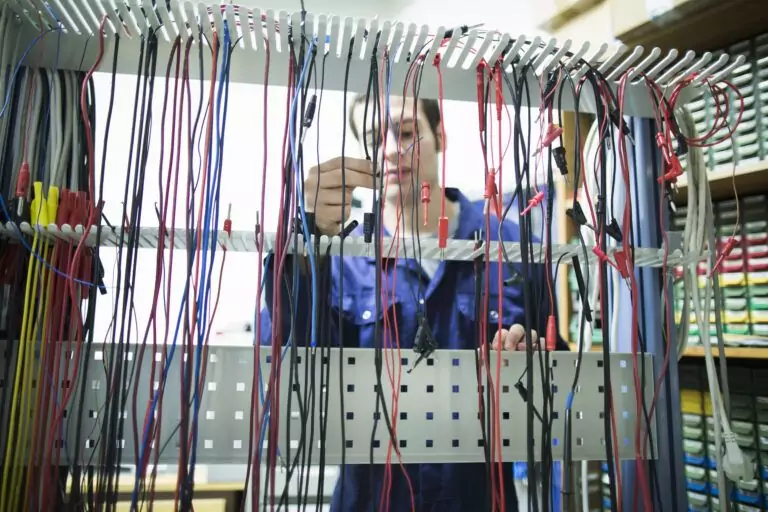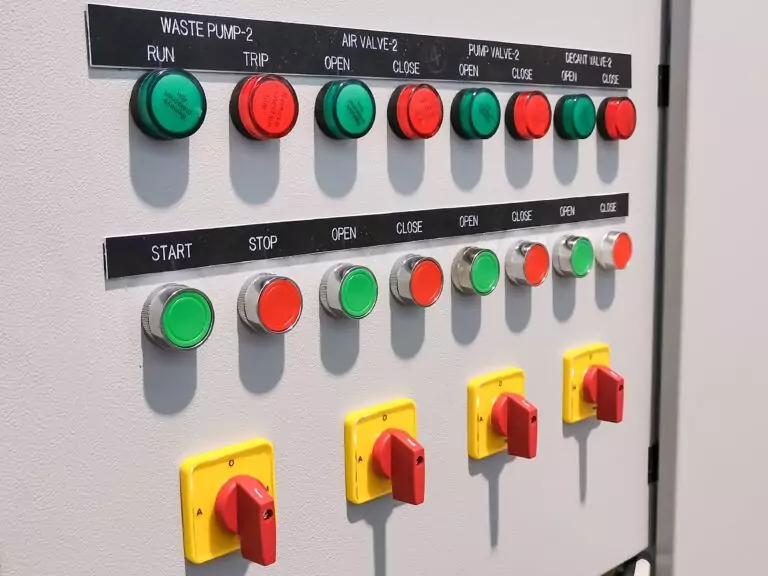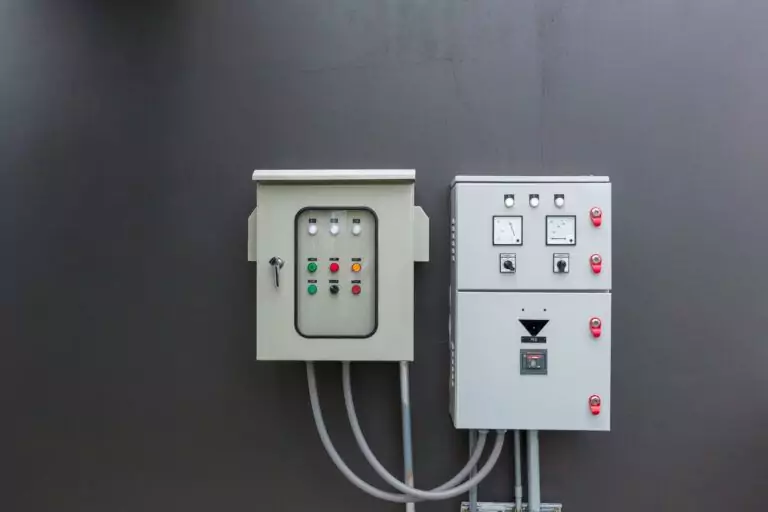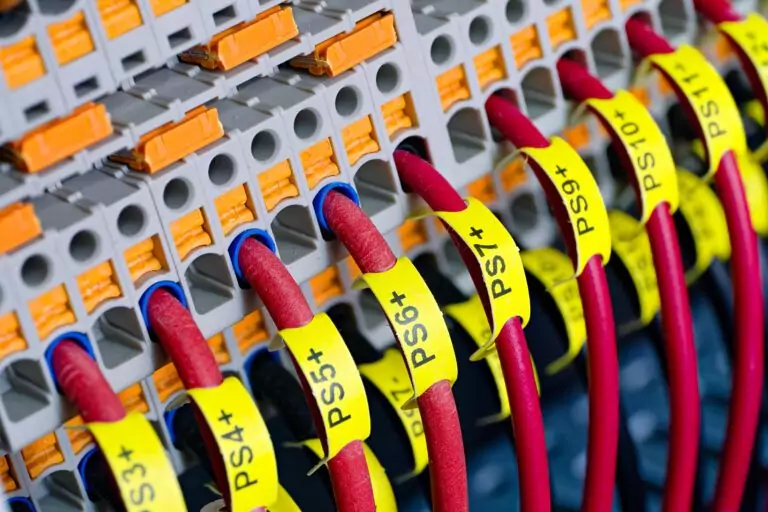In every organization, smooth workflow is the backbone of efficiency and success. However, stumbling blocks, known as workflow bottlenecks, often emerge, slowing down processes and dampening productivity. These bottlenecks can arise from various factors, including limited resources and inefficiencies, creating challenges that ripple through an organization’s operations.
This article dives into the critical task of identifying and eliminating these workflow bottlenecks. By understanding what causes these slowdowns and implementing strategic solutions, businesses can enhance their operations, improve performance, and maintain a competitive edge. From streamlining tasks to adopting new technologies, we’ll explore effective strategies that can transform potential setbacks into opportunities for growth and efficiency.
Whether you’re a seasoned manager or a team member keen on improving processes, this guide offers valuable insights into making your workflow as smooth and efficient as possible.
What is a Workflow Bottleneck?
A workflow bottleneck is a critical constraint within a process that significantly delays progress or efficiency. It represents the point in the workflow where the pace of work slows down due to limited resources, inefficiencies, or other obstacles, causing a ripple effect that impacts the entire process. Identifying and addressing bottlenecks is essential for improving productivity, ensuring smooth operations, and achieving the primary goal of enhancing overall performance.
By analyzing the workflow to pinpoint these constraints, organizations can implement targeted solutions, such as redistributing resources, streamlining procedures, or adopting new technologies, to alleviate the bottleneck and optimize the workflow. This process of identification and resolution is crucial for maintaining a competitive edge and meeting deadlines, ultimately leading to increased satisfaction for both the organization and its clients.
Why Identifying Bottlenecks is Crucial?
Identifying bottlenecks is crucial because it directly impacts an organization’s efficiency and productivity. Bottlenecks can lead to significant delays, increased costs, and decreased customer satisfaction. By pinpointing where these constraints occur, businesses can take proactive steps to mitigate delays and optimize processes.
This not only enhances the workflow but also contributes to a more agile and responsive operation. Furthermore, understanding and addressing bottlenecks is essential for continuous improvement and staying competitive in the market. By leveraging integrated engineering services to streamline operations, businesses can allocate resources more effectively and achieve better outcomes.
How to Identify Workflow Bottlenecks?
Identifying workflow bottlenecks involves a systematic approach to uncover areas where processes slow down. Analyzing process data for delays is a crucial step, as it helps pinpoint specific stages that take longer than expected. Observing the workflow to spot inefficiencies provides insights into how tasks are executed and where improvements can be made.
Additionally, gathering feedback on obstacles from team members offers valuable perspectives on challenges faced during the workflow. This multifaceted approach ensures a comprehensive understanding of the workflow, enabling organizations to implement effective strategies for eliminating bottlenecks and enhancing overall efficiency.
Analyzing Process Data for Delays
Analyzing process data involves scrutinizing each step within the workflow to identify where delays occur. This method relies on quantitative data to highlight time-consuming tasks or stages where work accumulates, signaling a bottleneck. By leveraging this data, organizations can make informed decisions on where to focus their improvement efforts for maximum impact on workflow efficiency.
Observing Workflow to Spot Inefficiencies
Observing the workflow in action offers real-time insights into how tasks are performed and where inefficiencies lie. This hands-on approach allows for the identification of issues that may not be evident in process data alone, such as unnecessary steps or resource misallocations. It’s a vital strategy for uncovering hidden bottlenecks and optimizing task execution.
Gathering Feedback on Obstacles
Gathering feedback directly from those involved in the workflow is invaluable for identifying obstacles. Team members can provide first-hand accounts of challenges they face, offering a unique perspective on inefficiencies. This qualitative feedback complements data analysis and observation, ensuring a well-rounded approach to bottleneck identification and resolution.
Key Strategies to Eliminate Bottlenecks
Eliminating workflow bottlenecks requires a strategic approach that focuses on optimizing efficiency and streamlining processes. Streamlining repetitive tasks reduces the time and resources needed for routine activities, thereby freeing up capacity for more critical work. Implementing automation for efficiency leverages technology to perform tasks faster and with fewer errors, directly addressing common sources of bottlenecks.
Redesigning workflow for better flow involves reevaluating and adjusting the sequence of tasks to ensure smoother transitions and reduce delays. Lastly, enhancing team communication ensures that all members are aligned and can quickly address any emerging issues, preventing potential bottlenecks from forming. Together, these strategies form a comprehensive plan for improving workflow, boosting productivity, and maintaining a competitive edge.
Streamlining Repetitive Tasks
Streamlining repetitive tasks involves identifying and simplifying routine processes that consume excessive time and resources. This strategy focuses on optimizing these activities to improve efficiency and free up resources for more critical tasks. By reducing the complexity and time required for these tasks, organizations can significantly enhance their overall workflow and productivity.
Implementing Automation for Efficiency
Implementing automation for efficiency leverages technology to perform routine, repetitive tasks with minimal human intervention. Automation tools process tasks faster and with greater accuracy, effectively eliminating manual inefficiencies. By exploring system integration, you can implement advanced automation solutions tailored to your workflow needs. This approach not only speeds up the workflow but also allows employees to focus on more strategic and creative tasks.
Redesigning Workflow for Better Flow
Redesigning workflow for better flow entails reevaluating and adjusting the sequence and execution of tasks to ensure a smoother process. This might involve rearranging tasks, eliminating unnecessary steps, or integrating new processes to enhance efficiency. A well-designed workflow minimizes delays and ensures that tasks progress seamlessly from one stage to the next.
Enhancing Team Communication
Enhancing team communication is crucial for identifying and addressing bottlenecks promptly. Effective communication ensures that all team members are aware of their roles, responsibilities, and the status of various tasks. By fostering an environment of openness and collaboration, teams can quickly resolve issues that could potentially lead to bottlenecks, thereby maintaining a steady workflow.
Preventing Future Workflow Bottlenecks
Preventing future workflow bottlenecks involves proactive measures to ensure a smooth and efficient process. Regular workflow reviews allow for the continuous evaluation and optimization of processes, identifying potential bottlenecks before they cause significant disruptions. Utilizing digital transformation strategies helps organizations maintain a competitive edge while preventing bottlenecks. Training on process improvements equips team members with the knowledge and skills to efficiently manage their tasks and adapt to new procedures, minimizing the likelihood of bottlenecks.
Lastly, encouraging ongoing feedback creates an open environment where employees can report issues and suggest improvements, fostering a culture of continuous improvement and collaboration. Together, these strategies form a robust approach to maintaining an efficient workflow and preventing bottlenecks from hindering productivity.
Regular Workflow Reviews
Regular workflow reviews are essential for identifying and addressing inefficiencies before they escalate into bottlenecks. By periodically examining each step of the process, organizations can spot areas that need adjustment or optimization, ensuring the workflow remains efficient and effective. This proactive approach helps maintain a smooth operation and prevents the accumulation of issues that could disrupt productivity.
Training on Process Improvements
Training on process improvements is crucial for equipping team members with the latest techniques and methodologies to enhance workflow efficiency. By staying informed about new tools, technologies, and strategies, employees can adapt their approach to tasks, reducing the likelihood of bottlenecks. Continuous learning and development foster an environment of innovation, where process improvements are regularly identified and implemented.
Encouraging Ongoing Feedback
Encouraging ongoing feedback from team members creates an open dialogue about potential workflow issues and solutions. This feedback loop allows for the early detection of bottlenecks and the collaborative development of strategies to overcome them. By valuing and acting on employee insights, organizations can foster a culture of continuous improvement, where everyone contributes to optimizing the workflow and preventing future bottlenecks.
Vista Projects – Your Integrated Engineering Partner
Vista Projects is an integrated engineering services firm able to assist with your industrial projects. With offices in Calgary, Alberta, Houston, Texas, and Muscat, Oman, we help clients with customized system integration and engineering consulting across all core disciplines. Contact one of our experts today.
